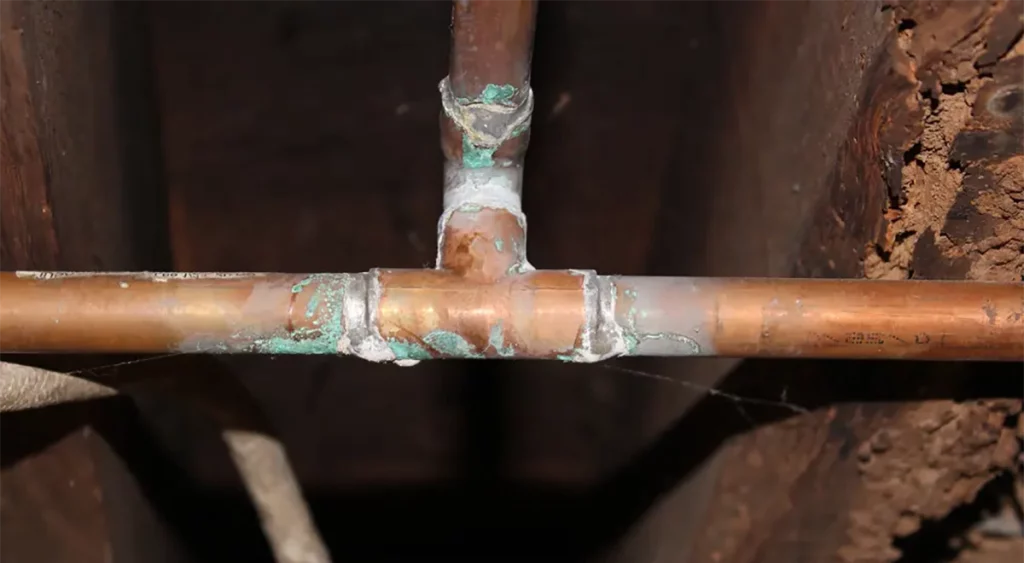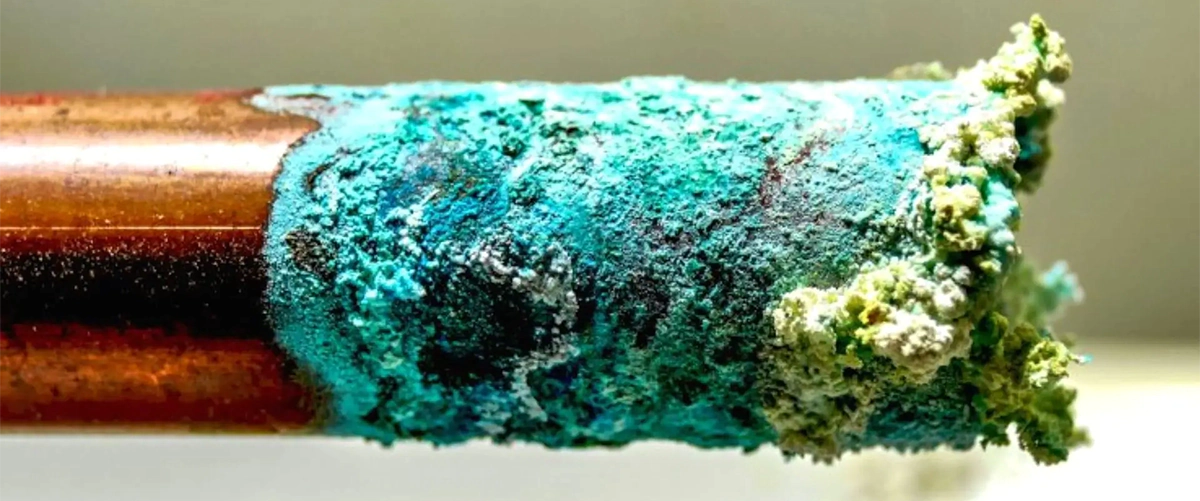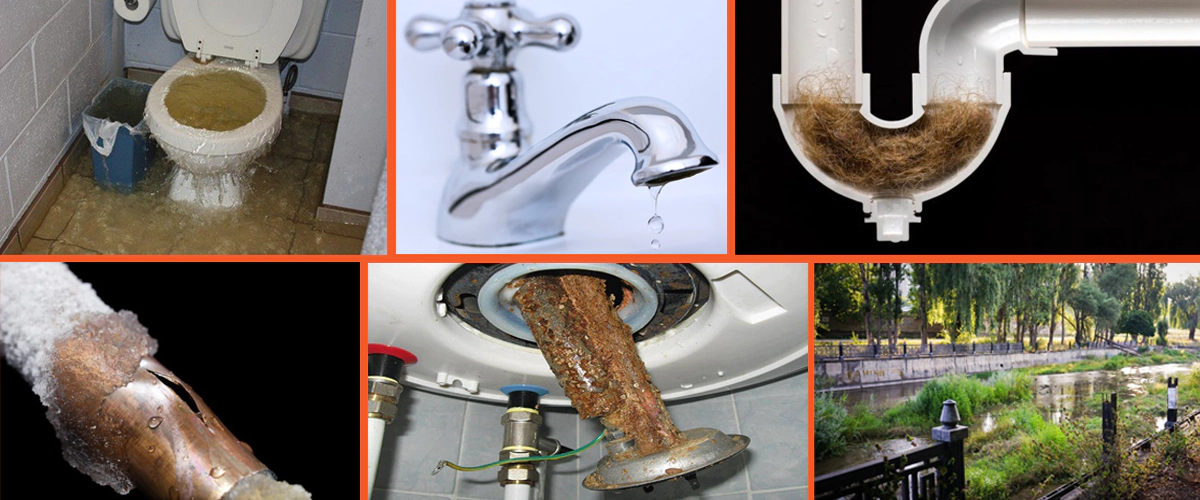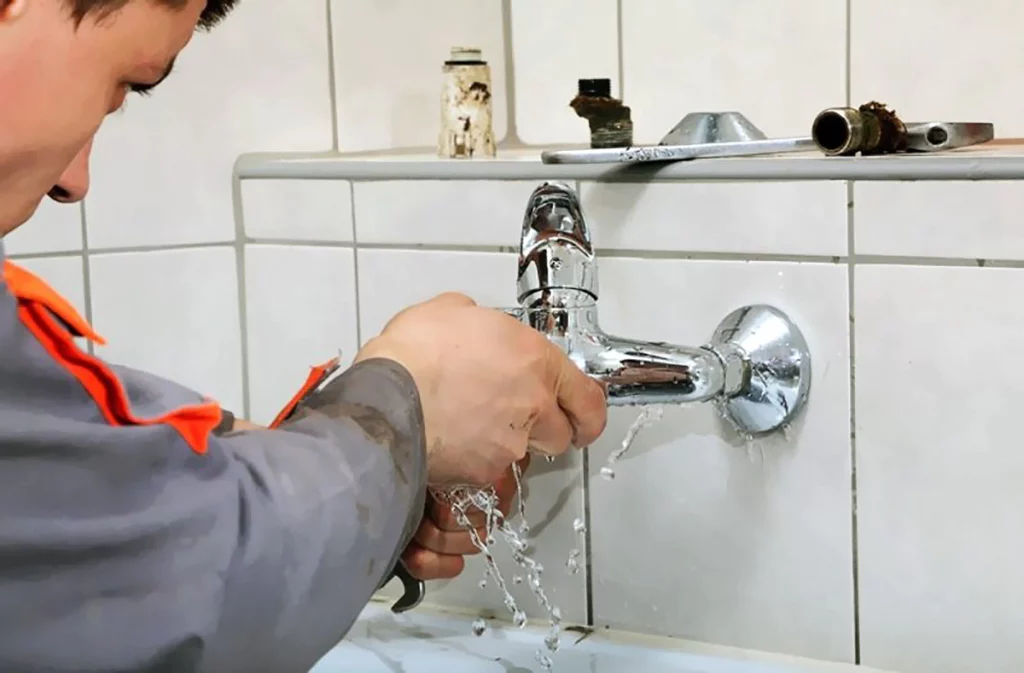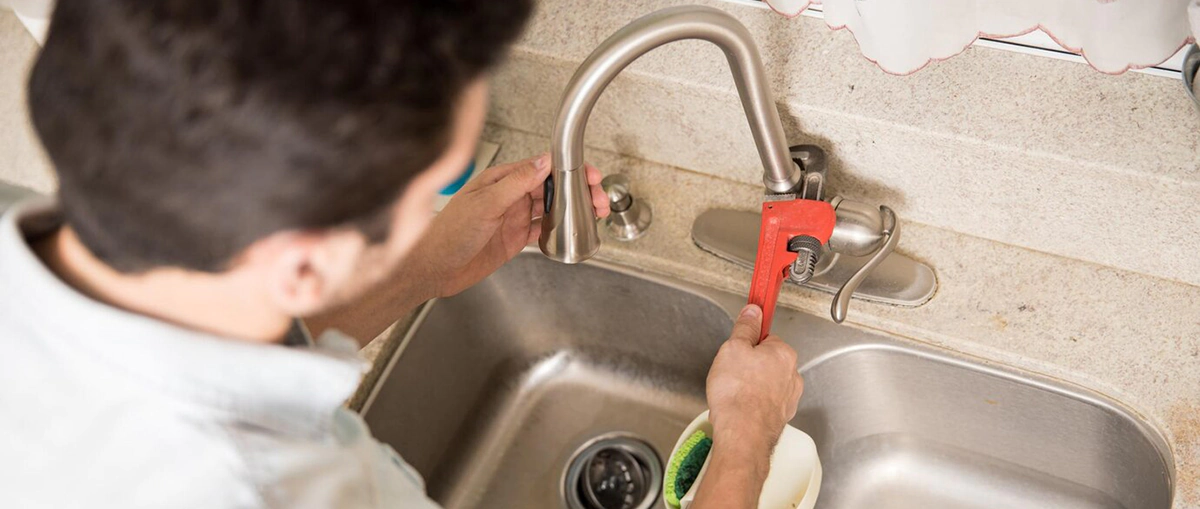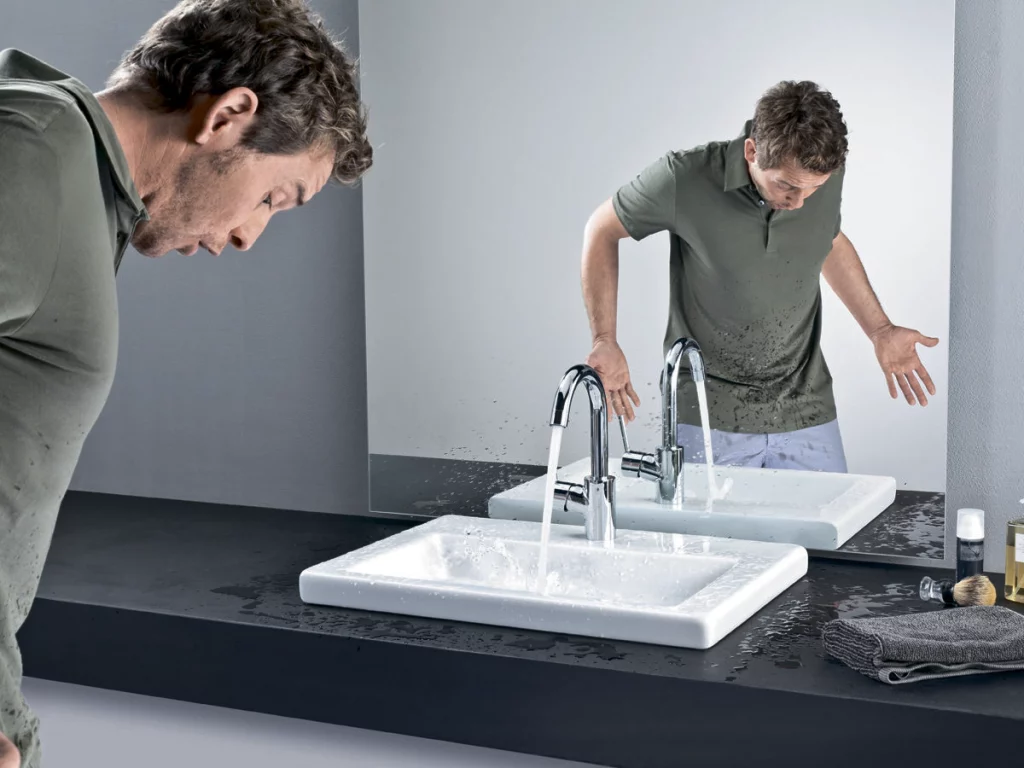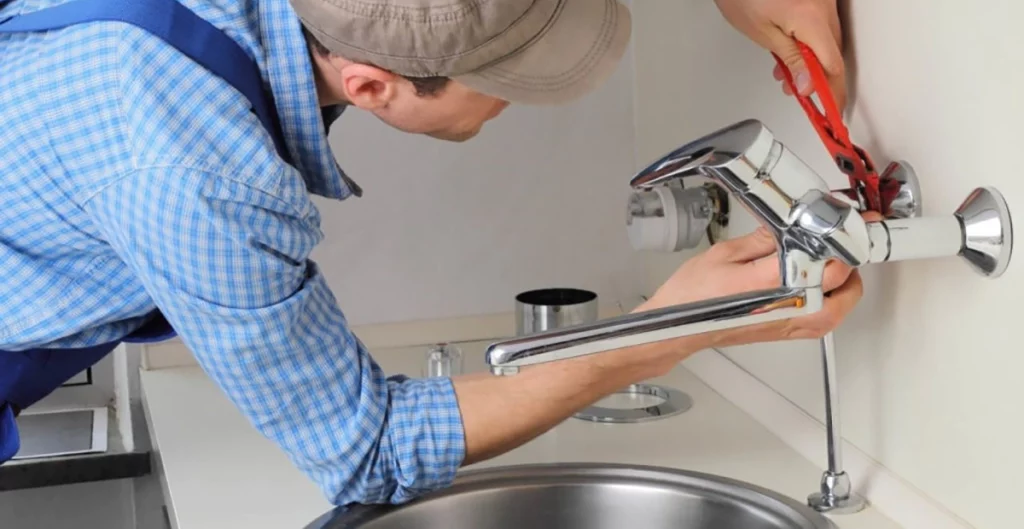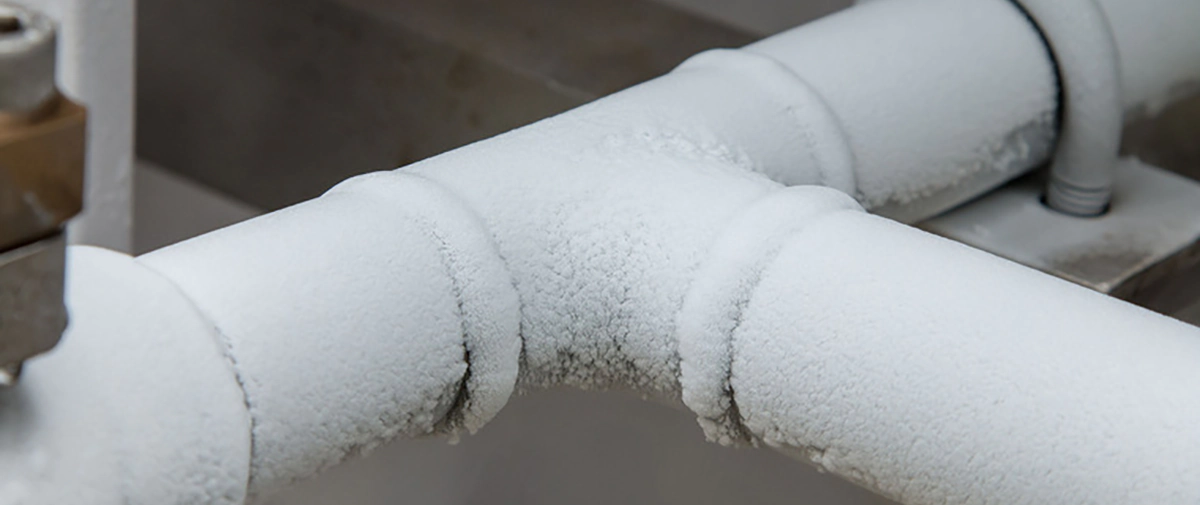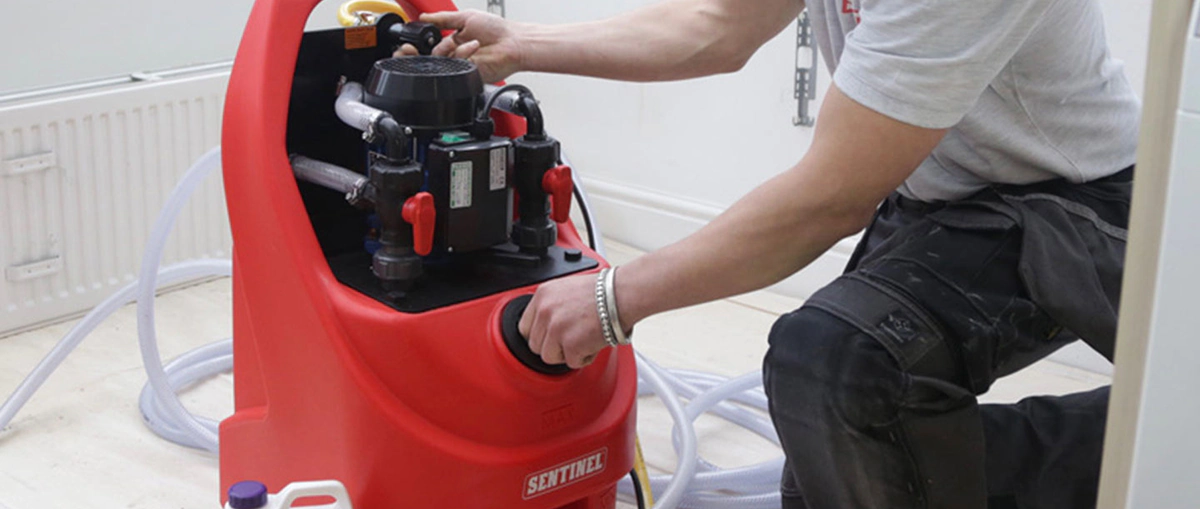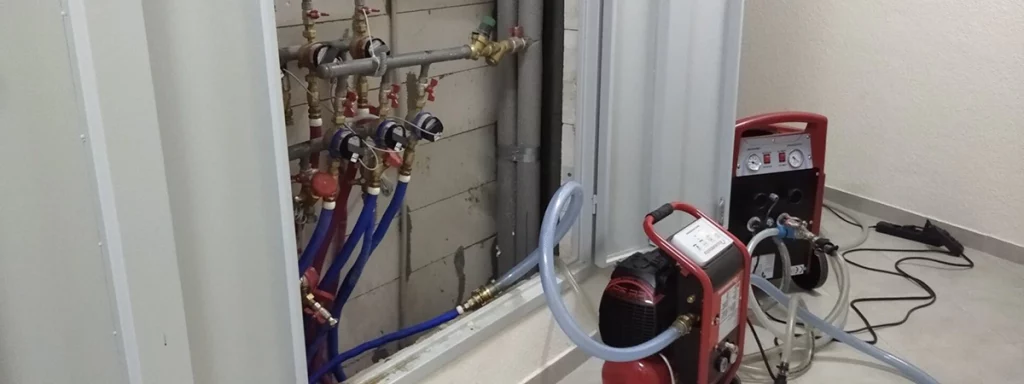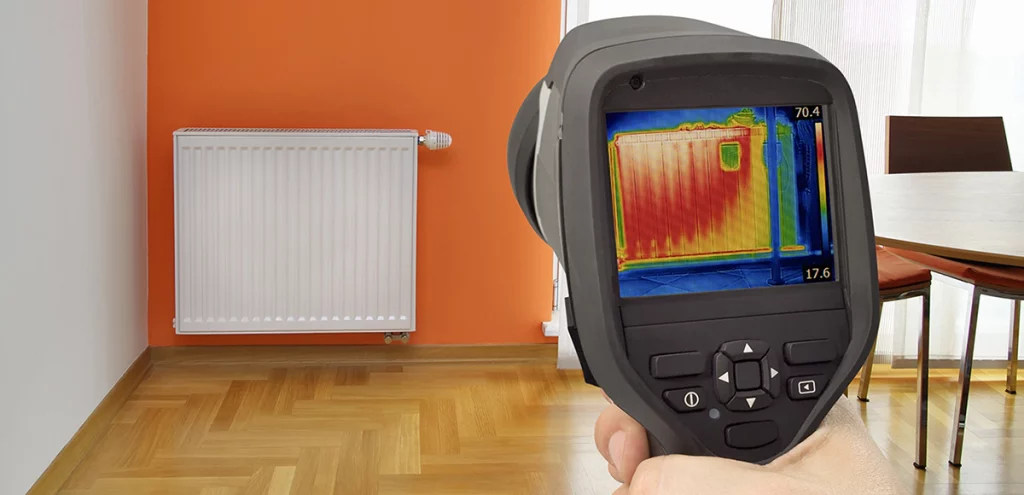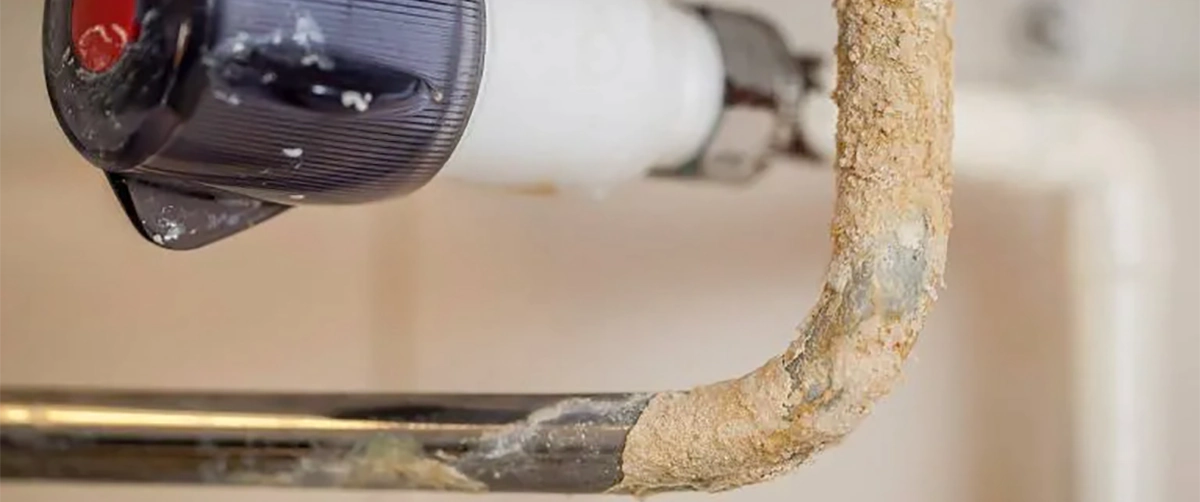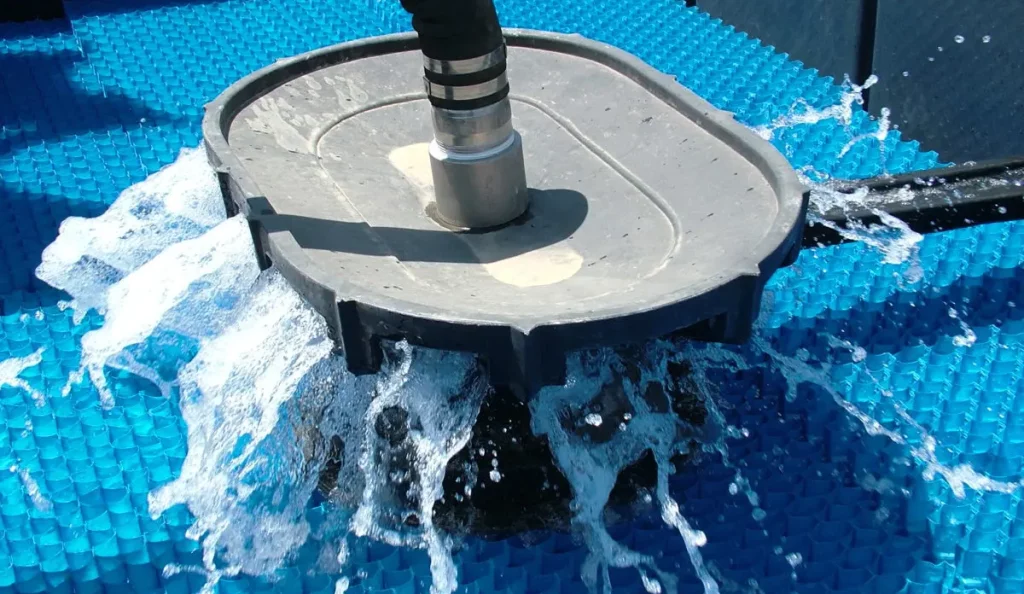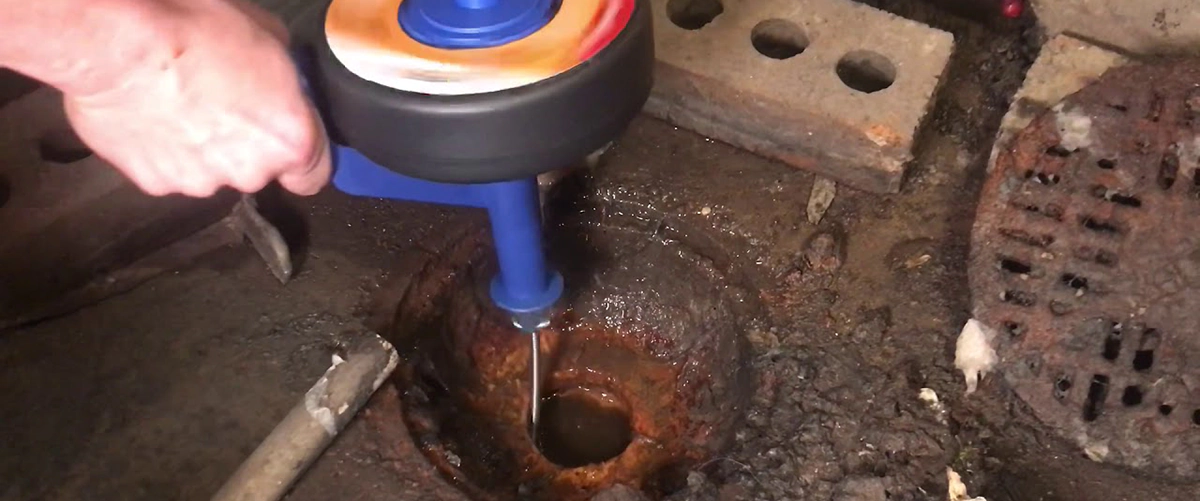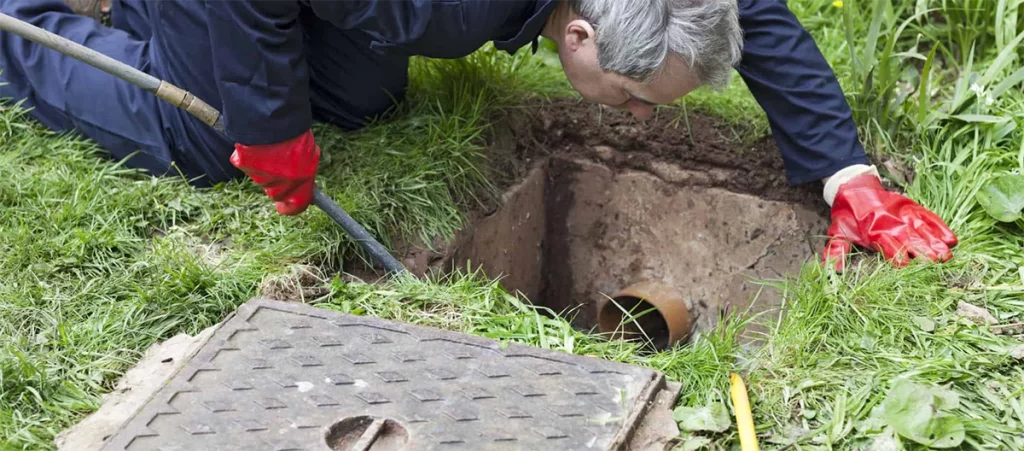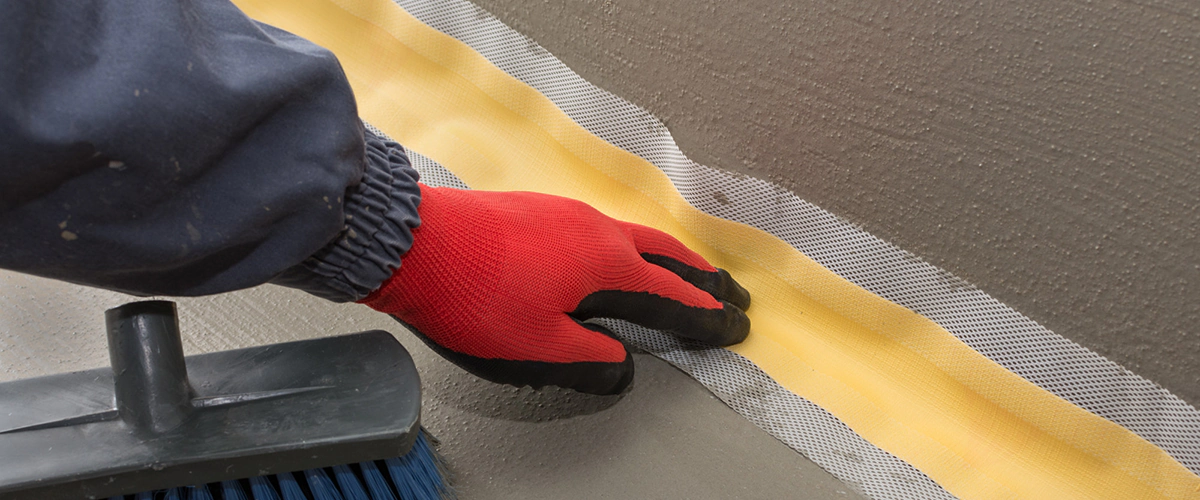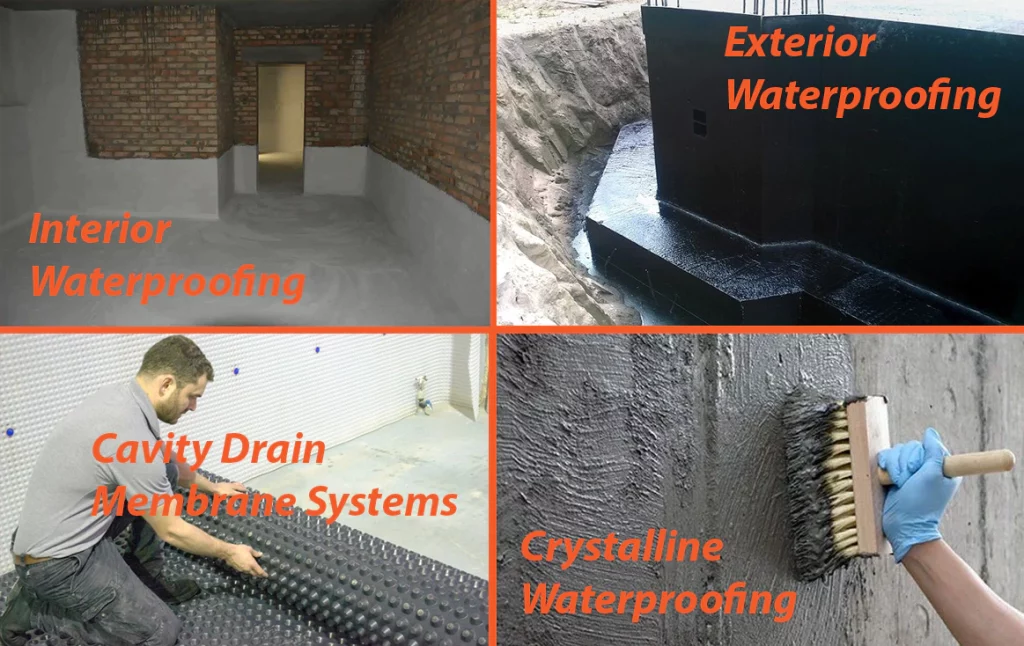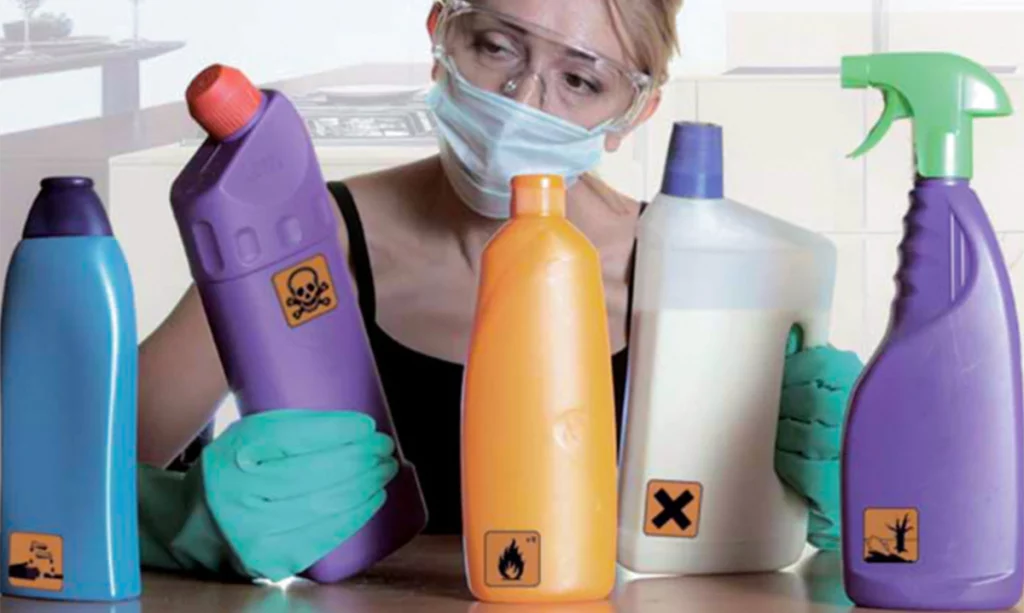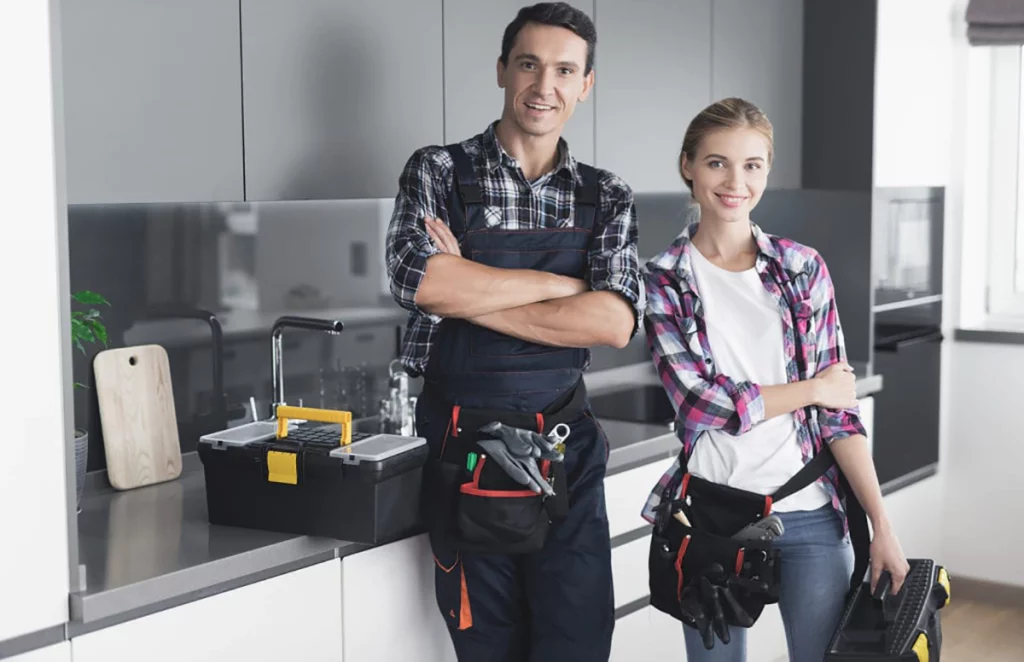Winter brings many challenges, and one of the most dreaded issues for homeowners is the freezing of pipes. As temperatures drop, the risk of pipes freezing increases, leading to potential damage and inconvenience. In this article, we will explore the signs of frozen pipes, why they are a concern, and most importantly, how to address and prevent this common winter woe.Is it possible to prevent high frozen pipe repair cost in the future?
To prevent high frozen pipe repair costs in the future, it’s crucial to take preventive measures that can reduce the risk of pipes freezing in the first place. One key strategy is insulation. Wrapping pipes, especially those in attics, basements, and crawl spaces, with foam or fiberglass insulation helps maintain the temperature of the pipes and prevents freezing during cold weather. Additionally, sealing cracks and gaps around windows, doors, and pipes will prevent cold air from entering spaces where pipes are exposed.
Another measure is to allow faucets to drip during extremely cold weather. This keeps water moving through the pipes, preventing the pressure buildup that can cause them to burst. It’s also essential to keep the home or business heated to a consistent temperature, even when leaving for a long time, to avoid sudden temperature drops that can freeze pipes.
Finally, if you live in a climate prone to freezing temperatures, consider installing a smart thermostat to help you control the heating in the most vulnerable areas. Regular inspections by a plumbing professional can also help identify and address any weak spots before they become bigger problems.
When it comes to whether all plumbers handle frozen pipes, the answer is not always straightforward. While most general plumbers are capable of fixing frozen pipes, it’s worth considering a specialist if you’re dealing with significant damage or a particularly complex situation.
Frozen pipes can lead to water damage, mold, and other costly issues, which might require specialized knowledge and tools. A plumber experienced in frozen pipe repairs will not only thaw the pipes but will also evaluate the damage and make sure any cracks or leaks are addressed to prevent future issues.
For more complex cases, such as pipes that are buried underground or within walls, specialized techniques like using heat tapes or pressurized water thawing might be necessary.
Do all plumbers handle frozen pipes, or do I need a specialist?
For commercial plumbing, the challenges and considerations are somewhat different. Commercial buildings often have more extensive plumbing systems with larger pipes, which can freeze more easily due to their size and the fact that they may not be as consistently heated as residential spaces.
Businesses should be particularly proactive in maintaining their plumbing systems, considering both preventative steps (such as pipe insulation and system checks) and emergency procedures. Commercial plumbing contractors should be equipped to handle these larger systems, and they should have the expertise to work with high-end commercial equipment.
They should also understand local codes and regulations that apply to commercial plumbing installations and repairs. Regular maintenance from a professional plumbing service can save businesses from costly repairs and ensure minimal downtime in the event of an issue.
Signs of Frozen Pipes
Winter brings its own set of challenges, and one common issue homeowners face is the freezing of pipes. In this section, we’ll explore the signs that can indicate your pipes may be frozen, helping you identify and address the issue promptly.
How do I know if I need frozen pipe repairs or full replacement?
- Visible Cracks or Leaks After Thawing
Once a frozen pipe thaws, check carefully for visible cracks or leaking joints. Even a small split can lead to significant water damage over time. If there’s any water dripping from the pipe, it’s a clear sign that repair or replacement is needed.
- Reduced Water Pressure or No Water Flow
If certain faucets have low pressure or no water flow even after the freeze has passed, this may point to hidden damage within the pipes. Pressure loss could be caused by partial cracks, air in the line, or a broken section of pipe that needs professional inspection.
- Multiple Frozen Areas in the Same Line
When more than one section of the pipe has frozen, it may be more practical to replace the entire length of piping, rather than attempting multiple spot repairs. This is especially true for older plumbing systems in high-rise buildings where insulation may be insufficient.
- Pipes Made of Aging Materials
If your frozen pipes are made of outdated materials like galvanized steel or polybutylene, replacement may be the safer long-term solution. These materials are more prone to bursting during freezes and could pose future risks.
- Water Damage Inside Walls or Ceilings
Leaks behind walls or above ceilings often go unnoticed until it’s too late. In condos and high-rise units, such hidden damage can affect multiple units and cause costly structural issues. In these cases, full replacement of damaged pipe sections is often the most reliable fix.
- Recurring Freezing Issues in the Same Spot
If your pipes have frozen more than once in the same area, it’s a strong sign that the current setup is vulnerable. Our experts can assess whether rerouting or replacing the pipe—and improving insulation—would prevent future freeze damage.
- Cost Comparison: Repair vs. Replacement
In some cases, repeated repairs may cost more over time than a one-time replacement. Our plumbing specialists always provide a cost-benefit analysis to help you decide what’s most efficient for your situation.
- Condo and High-Rise Plumbing Requires Precision
Frozen pipe repairs in condos or high-rise buildings require a skilled team with experience in shared plumbing systems, limited access areas, and coordinating with building management. We provide quick, non-invasive solutions that minimize disruption to residents while ensuring long-term performance.
1. Reduced Water Flow
One of the initial signs of frozen pipes is a noticeable reduction in water flow. If you turn on a faucet and only a trickle comes out, there’s a good chance your pipes are freezing.
2. Unusual Odours
Frozen pipes can produce strange odours. If you detect unusual smells when using water fixtures, it’s a signal that something may be amiss within your plumbing system.
3. Frost on Pipes
A visible layer of frost on exposed pipes is a clear sign of freezing. Inspect pipes in basements, crawl spaces, and attics for any frost accumulation.
Identifying these signs early on can help you take preventive measures and avoid the potentially damaging consequences of frozen pipes
Why Frozen Pipes Are a Concern
As winter sets in, the concern over frozen pipes becomes more prevalent. Understanding why frozen pipes are a significant issue is crucial for homeowners. In this section, we’ll delve into the reasons behind the apprehension surrounding frozen pipes.
The primary concern associated with frozen pipes is the risk of them bursting. When water freezes, it expands, and this expansion exerts immense pressure on the pipe walls. The result can be a ruptured pipe, leading to water leakage and potential damage to your property.
- Potential Damage to Property
Apart from the immediate risk of bursting, frozen pipes can cause extensive and costly damage to your property. Water damage, mould growth, and structural issues are common consequences of burst pipes. The longer the issue persists, the more severe the damage can become.
Understanding these risks underscores the importance of taking proactive measures to prevent pipes from freezing in the first place and addressing the issue promptly if it occurs. Frozen pipes should not be underestimated, as their consequences can extend far beyond the inconvenience of temporarily reduced water flow.
What Is the Average Frozen Pipe Repair Cost in Toronto?
- Typical Price Range
On average, frozen pipe repair in Toronto costs between $300 and $1,500, depending on the severity of the damage. Minor repairs, such as fixing a small crack or replacing a short section of pipe, tend to be on the lower end of the scale.
- Severity of the Damage
The cost can rise significantly if the pipe has burst, is hidden behind walls, or has caused water damage to surrounding areas. Major structural issues may require wall or ceiling access, which adds to the overall labor and restoration costs.
- Type of Pipe Material
The cost of repair can vary based on the material—copper, PEX, or PVC. Copper pipe repairs tend to be more expensive due to higher material and soldering costs, while PEX is more flexible and affordable to replace.
- Location of the Pipe
Accessibility plays a big role. If the frozen pipe is in an exterior wall, crawl space, or ceiling, the repair may require additional work such as cutting drywall or insulation, which increases labor time and cost.
- Emergency Repair Services
Calling for emergency or after-hours service typically adds to the price. In winter, when frozen pipe issues are more common, demand increases, and so can hourly rates—especially for high-rise or condo units where plumbing access is more complex.
- Additional Restoration Costs
If water damage occurred from a burst pipe, you may also need drywall repairs, floor restoration, or mold remediation, which are usually billed separately. These restoration efforts can increase total expenses by several hundred to several thousand dollars.
- Condo and High-Rise Unit Considerations
In condominiums or high-rise buildings, frozen pipe repairs can be more costly due to shared plumbing systems, access restrictions, and the need to coordinate with property management. Special equipment may also be required to minimize disruption to other units.
- Insurance Coverage Possibility
In some cases, your home insurance may cover part of the cost—especially if the frozen pipe led to sudden and accidental water damage. However, preventive repairs or lack of maintenance may not be covered. It’s always best to check your policy.
How fast can a frozen pipes plumber arrive during an emergency?
- Response Time Depends on Location and Demand
In most cases, emergency frozen pipe plumbers in Toronto aim to arrive within 1 to 2 hours of your call. However, this can vary depending on your exact location, time of day, and weather conditions—especially during cold snaps when demand spikes.
- 24/7 Emergency Plumbing Services Available
Reputable plumbing companies offer 24/7 emergency response, including evenings, weekends, and holidays. Frozen pipe bursts can cause major water damage within minutes, so rapid response is a top priority for most professional services.
- Condo and High-Rise Response Protocols
For condo units and high-rise buildings, response time also depends on building access. Plumbers must coordinate with security, superintendents, or property managers to gain entry, which may slightly delay service if access isn’t immediately available.
- Priority Scheduling for Active Leaks or Flooding
If water is actively leaking from a burst pipe, your service call is typically flagged as a top-priority emergency. Licensed plumbers are dispatched immediately to shut off the water supply, assess the damage, and begin repairs to prevent further destruction.
- Temporary Solutions Can Be Applied Quickly
In some situations, plumbers can arrive fast to apply temporary fixes—such as isolating the affected section or using heat equipment to thaw frozen areas—until full repairs can be completed. This helps minimize immediate damage while preparing for permanent restoration.
- Prepared for Complex Plumbing Systems
Frozen pipe emergencies in large buildings or older properties may involve complex piping networks. Experienced plumbers come equipped with thermal imaging cameras, pipe thawing machines, and diagnostic tools to locate the freeze and act quickly.
- Preventative Follow-Up Available
After the emergency is handled, many plumbing companies offer follow-up inspections to check for additional freeze-prone areas and recommend preventative solutions—like pipe insulation, rerouting, or heating options to avoid future emergencies.
- Stay Ready: Save an Emergency Contact
Because frozen pipe issues are time-sensitive, it’s wise to have a trusted plumber’s emergency number saved in advance. Delays in response can lead to significant property damage, especially in winter when frozen pipes are more likely to burst.
Preventing Frozen Pipes
As the winter chill sets in, it’s crucial to take proactive measures to prevent the freezing of pipes. Frozen pipes can lead to a cascade of issues, including the risk of bursting and potential damage to your property. In this section, we’ll explore effective ways to prevent pipes from freezing.
Insulating Pipes
A fundamental step in preventing frozen pipes is insulation. Ensure that pipes, especially those in unheated areas such as basements, attics, and crawl spaces, are adequately insulated. This helps retain heat and shields the pipes from freezing temperatures.
Allowing Faucets to Drip
During particularly cold nights, letting faucets drip slightly can prevent water from standing still in the pipes, reducing the risk of freezing. The movement of water, even at a slow drip, makes it less susceptible to freezing.
Keeping the Thermostat Consistent
Maintaining a consistent indoor temperature is vital for preventing frozen pipes. Even when you’re away, avoid significant temperature drops by keeping your thermostat at a stable level. This helps ensure that your pipes stay above freezing.
By incorporating these preventive measures into your winter routine, you can significantly reduce the likelihood of encountering the hassles and potential damages associated with frozen pipes. Stay proactive, and your pipes will thank you for it.
Using Safe Thawing Methods
Discovering frozen pipes in your home can be a stressful situation, but thawing them safely is crucial to prevent further damage. In this section, we’ll explore safe methods for thawing frozen pipes without causing harm to your plumbing system.
1. Identifying the Frozen Section
The first step in thawing frozen pipes is to identify the affected section. Check exposed pipes in unheated areas like basements, crawl spaces, and attics. Look for frost accumulation or areas where the pipe appears significantly colder than the surroundings.
2. Using Warm Towels
Applying warm towels to the frozen section is a gentle method for thawing pipes. Soak towels in warm water and wrap them around the frozen area. This gradual application of heat helps melt the ice inside the pipe.
3. Using a Hairdryer
A hair dryer can be an effective tool for thawing frozen pipes. Direct the warm air onto the frozen section, moving the dryer back and forth. Be patient and avoid using high heat, as excessive heat can damage the pipe.
4. Wrapping Pipes with Heat Tape
Heat tape is designed to provide controlled and safe heat to pipes. Wrap the heat tape around the frozen section, following the manufacturer’s instructions. This method is especially useful for preventing re-freezing.
5. Avoiding Open Flames or Excessive Heat
It’s crucial to avoid using open flames or excessive heat sources like blowtorches to thaw pipes. High temperatures can damage pipes and increase the risk of fire hazards. Stick to controlled and safe thawing methods.
Thawing frozen pipes requires patience and a cautious approach. By utilising safe thawing methods, you can effectively restore water flow without causing additional problems. If you’re unsure or uncomfortable handling the situation, don’t hesitate to seek professional assistance to ensure the safety of your plumbing system.
Professional Help for Frozen Pipes
While attempting to address frozen pipes on your own is commendable, there are situations where seeking professional help is not only advisable but essential. In this section, we’ll explore when it’s time to call in a plumber or seek expert advice to deal with frozen pipes effectively.
When to Call a Plumber
If you’re unable to thaw the frozen pipes yourself or if the situation seems more complex than initially thought, it’s time to call a professional plumber. Plumbers are equipped with the knowledge and tools to assess the severity of the issue and implement the necessary solutions.
Seeking Expert Advice
In some cases, even if you can manage the immediate thawing process, seeking expert advice is prudent. A plumbing professional can provide insights into the root cause of the freezing, offer preventive measures, and ensure that your plumbing system is in good condition.
Dealing with frozen pipes is not just about resolving the immediate issue but also preventing future occurrences. Plumbers have the expertise to identify underlying problems and recommend long-term solutions that can save you from repeated episodes of frozen pipes.
DIY Solutions vs. Professional Assistance
While there are DIY solutions for thawing pipes, it’s crucial to assess the situation realistically. If the frozen pipes are extensive, if there’s a risk of bursting, or if you’re unsure about the appropriate measures, calling a plumber is the safest course of action.
Attempting complex plumbing tasks without the necessary expertise can lead to further damage and potentially higher repair costs. Professional plumbers bring experience and efficiency to the table, ensuring that the issue is addressed comprehensively.
In summary, when faced with frozen pipes that go beyond your comfort level or DIY capabilities, don’t hesitate to reach out to a qualified plumber. Timely professional assistance can not only resolve the immediate problem but also prevent future plumbing issues, providing you with peace of mind during the winter months.
In conclusion, addressing frozen pipes requires a combination of preventive measures, timely identification, and, if necessary, professional assistance. By staying vigilant and taking proactive steps, homeowners can protect their properties from the potentially disastrous effects of frozen pipes.
How Fast Can a Frozen Pipes Plumber Arrive During an Emergency?
- Average Response Time is 1–2 Hours
In most emergency situations across Toronto, experienced plumbing companies aim to arrive within 1 to 2 hours after receiving your call. This fast response is critical when frozen pipes are at risk of bursting or have already caused flooding.
- 24/7 Emergency Plumbing Availability
Reputable companies offer 24/7 emergency plumbing services, including weekends and holidays. Frozen pipes don’t follow a schedule, and issues often happen late at night or during cold snaps, so round-the-clock availability ensures you’re covered any time.
- High Priority for Active Leaks or Bursts
If there’s visible water leaking, flooding, or signs of pipe rupture, your situation is treated as a high-priority emergency. Plumbers prioritize these calls to prevent structural damage, mold growth, and water loss.
- Condo and High-Rise Plumbing Coordination
For condominiums and high-rise buildings, access protocols can affect arrival time. Plumbers may need to coordinate with building management or security to access mechanical rooms, units, or shared plumbing stacks—but trained professionals are used to working within these guidelines efficiently.
- Temporary Emergency Fixes Available on Arrival
Even if full repairs can’t be completed immediately, a licensed plumber can apply temporary fixes—such as shutting off water, using pipe thawing equipment, or isolating the frozen section—to stabilize the situation and prevent further damage.
- Prepared with Specialized Equipment
Emergency plumbers come equipped with pipe thawing machines, thermal cameras, and inspection tools to quickly locate frozen sections, even behind walls or underground. This allows for faster diagnosis and immediate action on-site.
- Follow-Up Services to Prevent Future Freezing
After resolving the emergency, many professionals offer preventative plumbing services—like insulating exposed pipes, rerouting vulnerable lines, or installing heat tape. This helps prevent the issue from happening again.
- Keep a Plumber’s Contact Handy
Time is critical in a frozen pipe emergency. Keeping the number of a trusted, 24/7 plumber in your phone or emergency list can save you hundreds or thousands in damage and reduce stress when every minute counts.
FAQs
Can frozen pipes be prevented entirely? While it’s challenging to eliminate the risk entirely, preventive measures significantly reduce the likelihood of pipes freezing. Insulating pipes, allowing faucets to drip, and maintaining a consistent indoor temperature are effective preventive steps.
How do I know if my pipes are frozen or just blocked? Reduced water flow and frost on pipes are strong indicators of frozen pipes. If you experience these signs, especially during cold weather, it’s essential to take action promptly to thaw the pipes and prevent potential bursting.
Are there specific areas in the house more prone to frozen pipes? Yes, areas with poor insulation, such as basements, crawl spaces, and attics, are more prone to frozen pipes. Additionally, pipes located near exterior walls or in unheated areas are at higher risk.
Can I use an open flame to thaw frozen pipes? No, using an open flame is highly discouraged. It poses a risk of fire and can damage the pipes. Stick to safe thawing methods, such as warm towels, a hairdryer, or heat tape, to avoid potential hazards.
What should I do if a pipe bursts due to freezing? In the event of a burst pipe, immediately shut off the main water supply to your home to minimise water damage. Contact a plumber promptly to assess and repair the damaged pipe. Thoroughly document the damage for insurance claims.

